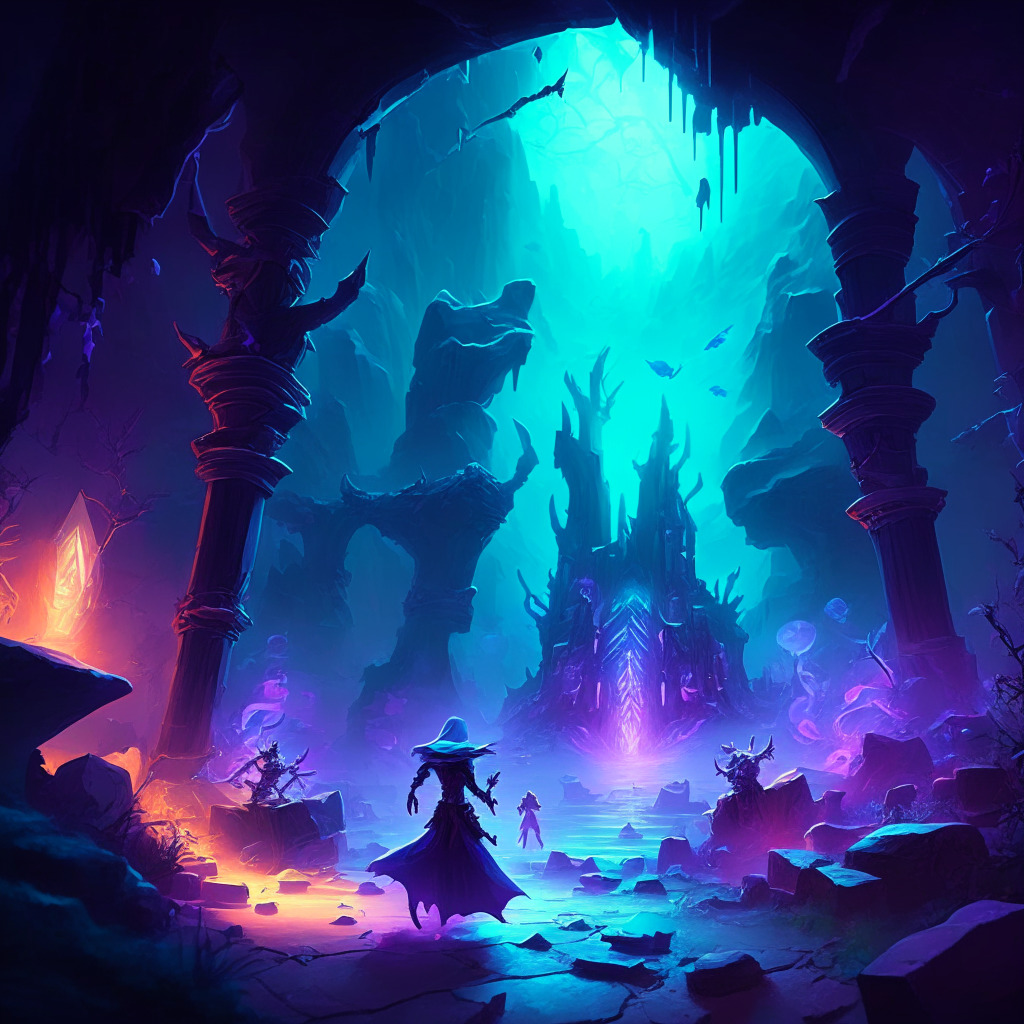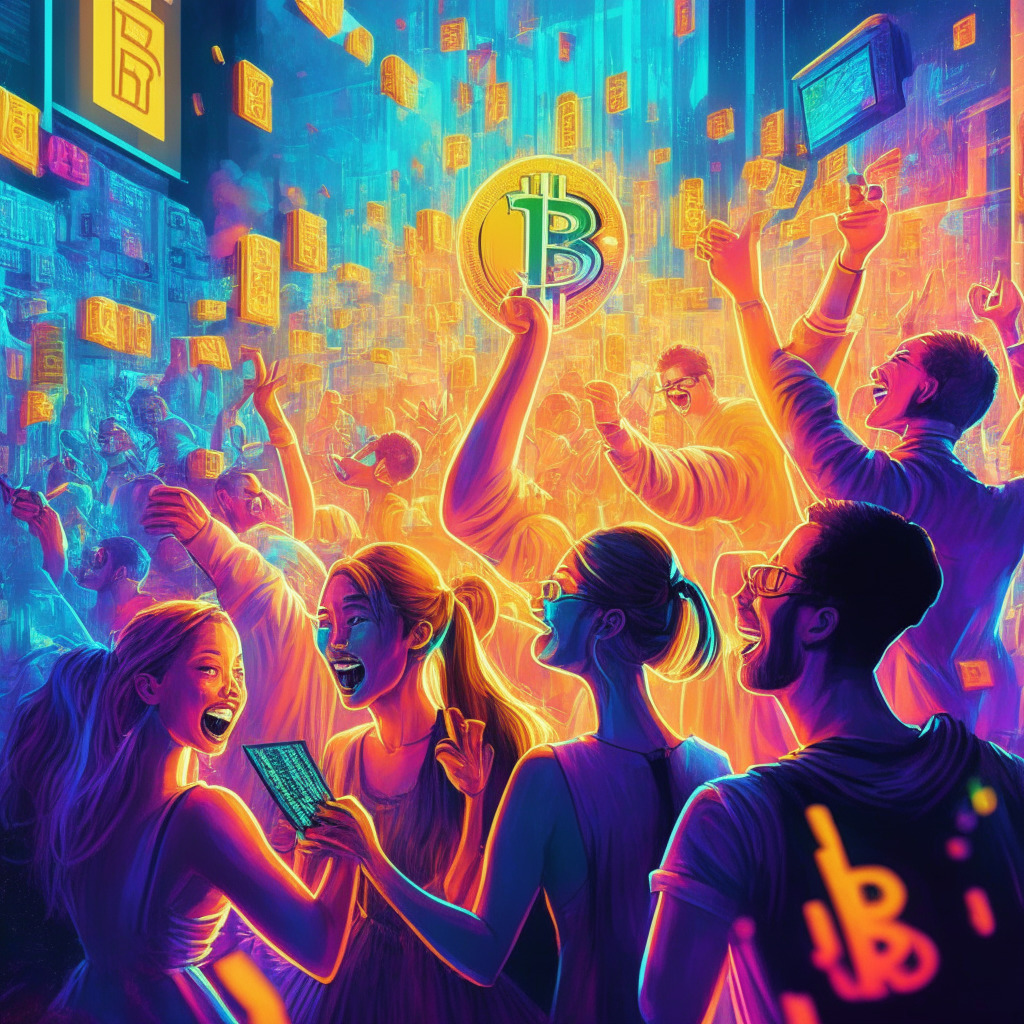In the dynamic world of technology and finance, an intriguing project has surfaced, fusing cryptocurrencies, artificial intelligence (AI), and blockchain technologies to create a groundbreaking system of transparent global identity and commerce called Worldcoin. Co-founded by Sam Altman, Alex Blania, and Max Novendstern, Worldcoin has drawn significant attention for its unconventional approach to addressing income inequality via its unique World ID feature, which acts as proof-of-personhood.
Worldcoin has set its sights high with a three-fold mission: to establish a unique digital identity for every individual globally, create a global digital currency coined as the Worldcoin token, and devise an app that enables transactions and transfers using the token along with other cryptocurrencies and traditional assets. The company behind Worldcoin, Tools for Humanity (TFH), managed to secure a remarkable $115 million in a Series C round led by Blockchain Capital in May 2023.
At its core is a unique eye-scanning device dubbed as the Orb, which establishes proof-of-personhood, a significant feature considering the rise of AI. It does this by generating a unique digital identity, their World ID, after the retina scan. Alongside verifying one’s human identity, Worldcoin aims to serve as a bulwark against the swelling tide of AI robots, setting a clear distinction between humans and machines.
The company has a vision for a completely decentralized and self-sufficient model, and to achieve that, Worldcoin has rolled out a native token denomination (WLD) to empower its platform. Worldcoin has already successfully distributed WLD tokens to about 200 million unique new users and has plans to continue these incentives well after its launch. By using the Orb, users can participate in the decentralized Worldcoin ecosystem and access numerous decentralized applications (DApps) and utilities available on the platform. The distribution and supply of these tokens are also designed to be regulated by the token holders, thus promoting greater community involvement and control.
Worldcoin presents several avenues for acquiring WLD tokens, including major centralized exchanges (CEXs), such as Binance, and decentralized finance (DeFi) platforms like Uniswap. Regardless, the company founders have emphasized legal compliance, stating that the token would initially only be accessible in regions where this is feasible.
As with any nascent technology, Worldcoin has drawn a spectrum of views – from skepticism and doubts around privacy risks to massive interest and support, especially from Silicon Valley investors. In the face of criticisms concerning privacy risks, the Worldcoin team remains confident, with AI-based prediction models estimating that over 1 billion people will gaze into the Orb by 2023.
Despite varying responses, Worldcoin, with its unorthodox retinal scanning and its initiative towards a global unique digital identity, has undeniably added a new layer to the debate about the future of human-digital interaction. The success or failure of Worldcoin will no doubt be of great importance in how the saga of cryptocurrency evolution unfurls in the coming years.
Source: Cointelegraph




